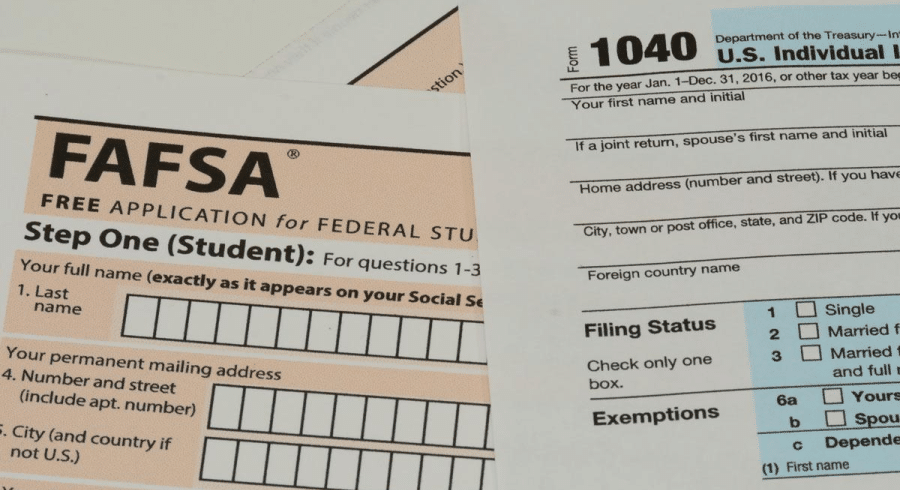Rule 72(t): What It Is and How You Can Use It to Retire Early
Key Takeaways:
- Rule 72(t) lets you withdraw money from your retirement accounts before you’re 59 1/2 – without the usual 10% penalty. However, it’s important to note that you have to follow a specific withdrawal plan.
- There are 3 ways to calculate your withdrawals: RMD, amortization and annuitization. Each comes with its own pros and cons depending on your needs.
- Whichever plan you choose, you have to stick with it for at least 5 years or until you reach 59 1/2 (whichever is longer) to avoid penalties.
You don’t always have to wait until age 59½ to retire. There are options available that allow you to access certain accounts in specific ways without incurring the dreaded 10% early retirement distribution penalty. One such option is known as the Rule 72(t) Substantially Equal Periodic Payments (SEPP) provision. This rule essentially allows you to take penalty-free withdrawals from IRAs and other accounts such as a 401(k) or 403(b) plan. It’s important to follow the IRS guidelines carefully, so working with a CPA is crucial to ensure you don’t miss a step.
What is Rule 72(t)?
Rule 72(t) is an IRS code that provides exceptions to the 10% early withdrawal tax on retirement distributions. Section 2 of this code lists specific “SEPP regulations” that must be followed to avoid the early distribution penalty. To leverage Rule 72(t), the owner of the retirement account must take at least five substantially equal periodic payments, determined by life expectancy according to IRS methods. These payments can be made from different types of accounts but must adhere to one of the three methods described below.
For example, if you start taking distributions using the SEPP method at age 53½ (six years before the traditional retirement age), you must continue the payment plan until age 59½. However, if you begin at age 58, you must continue until age 63. Failure to adhere to the SEPP plan for the required time results in an IRS penalty on all withdrawals up to that point. Note that there is no minimum age for starting a SEPP, but this strategy cannot be applied to an active employer-sponsored retirement account.
The Three Methods
There are three methods to determine how long your SEPP will last and how much you can withdraw: Required Minimum Distribution (RMD), Amortization, and Annuitization. Each method requires careful planning, and consulting with a tax professional and financial advisor is advisable to choose the most suitable option.
1. Required Minimum Distribution (RMD)
This method works similarly to how older retirees must take withdrawals from their accounts. The RMD method uses a dividing factor from the IRS’s single or joint life expectancy tables (either the Uniform Lifetime Table, Single Life Table, or Joint and Last Survivor Table), then uses that figure to divide the retirement account balance. The result is an annual distribution amount that will vary over time, but not by a large amount. If you want to withdraw just a small amount each year, then this option might be your ideal choice.
2. Amortization
Do you understand how your mortgage works? Maybe? If you do, then you will have no trouble grasping the amortization method to Rule 72(t). Just like paying down your mortgage, you take your retirement balance, apply an interest rate, then create an annual distribution schedule based on your life expectancy.
3. Annuitization
Door number 3 of your SEPP decision works just like how an insurance company calculates annuity payout amounts. Simply take the most recent reported account balance then divide it by an “annuity factor” which is found on the IRS’s mortality table. What’s easy about both the amortization and annuitization methods is that they result in fixed annual withdrawals, but that also means they do not increase with inflation, though your IRA balance will likely rise over time. It takes careful planning to ensure your SEPP distributions can meet your cash flow needs.
An Example Using the Fed Mid-Term Rate (December 2022)
To illustrate how Rule 72(t) works, consider a 51-year-old with a $1 million IRA balance. If the mid-term Applicable Federal Rate (AFR) is 4.27%, they could take an annual distribution of up to 5.14% (1.2 times the AFR), resulting in a withdrawal of $51,400 in the first year. This amount can help double an investment over time, especially with continuous compounding.
A Savvy SEPP Strategy
Choosing the right SEPP method is crucial, as too high a withdrawal can increase your tax liability, while too low might not meet your needs. You can adjust your IRA balance beforehand to tailor your withdrawal amount, ensuring it aligns with your financial goals.
Other Options
Beyond Rule 72(t), there are other exceptions to the IRA early withdrawal penalty, such as for significant medical expenses, health insurance premiums, or higher education costs. Additionally, you can retire penalty-free at age 55 with a current employer-sponsored retirement plan, such as a 401(k) or 403(b).
Bottom Line
Rule 72(t) and the SEPP strategy help folks who need to tap an IRA for hardship purposes or those who simply want to retire early without paying a 10% early distribution penalty. There are some loops to jump through, but a little planning and the right execution strategy can go a long way toward securing an early retirement.
If you are curious about how Rule 72(t) can work for you, consulting with a CPA and/or an experienced financial advisor is a good first step.







